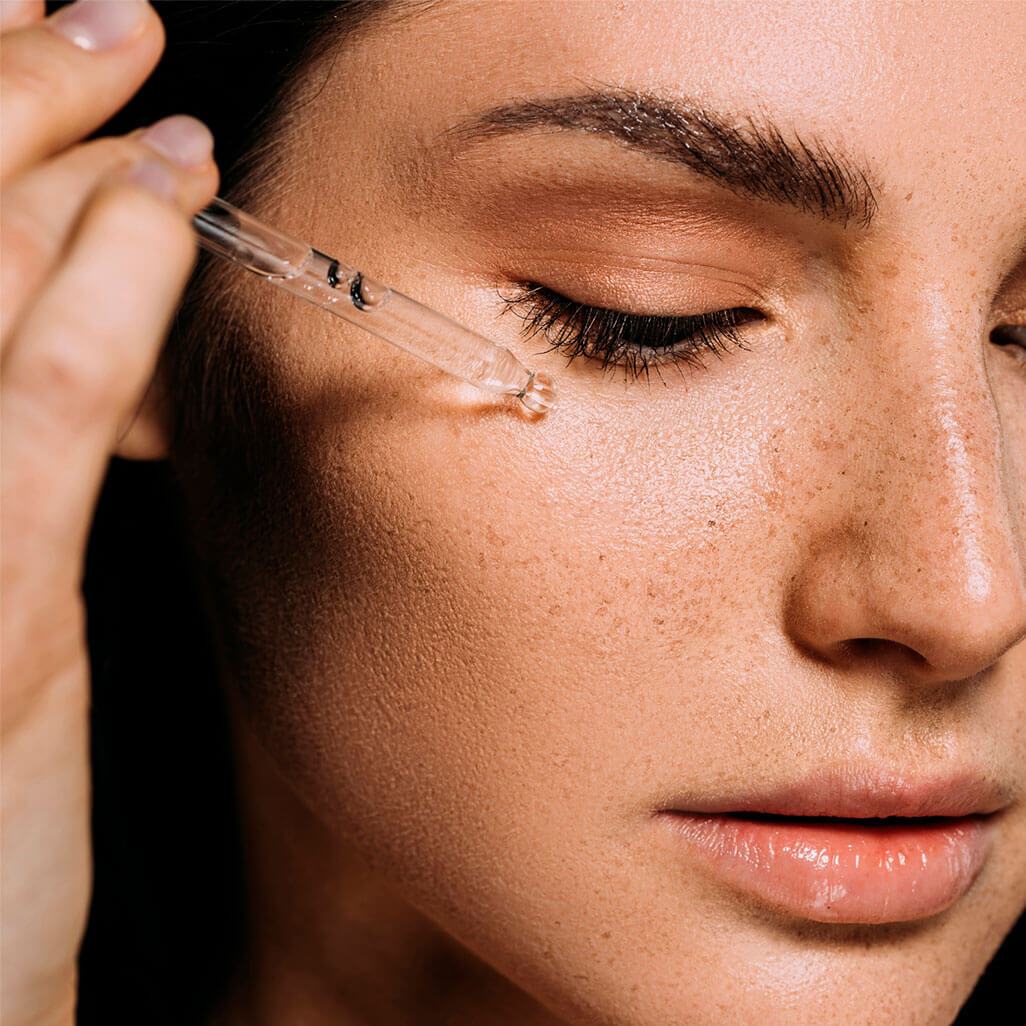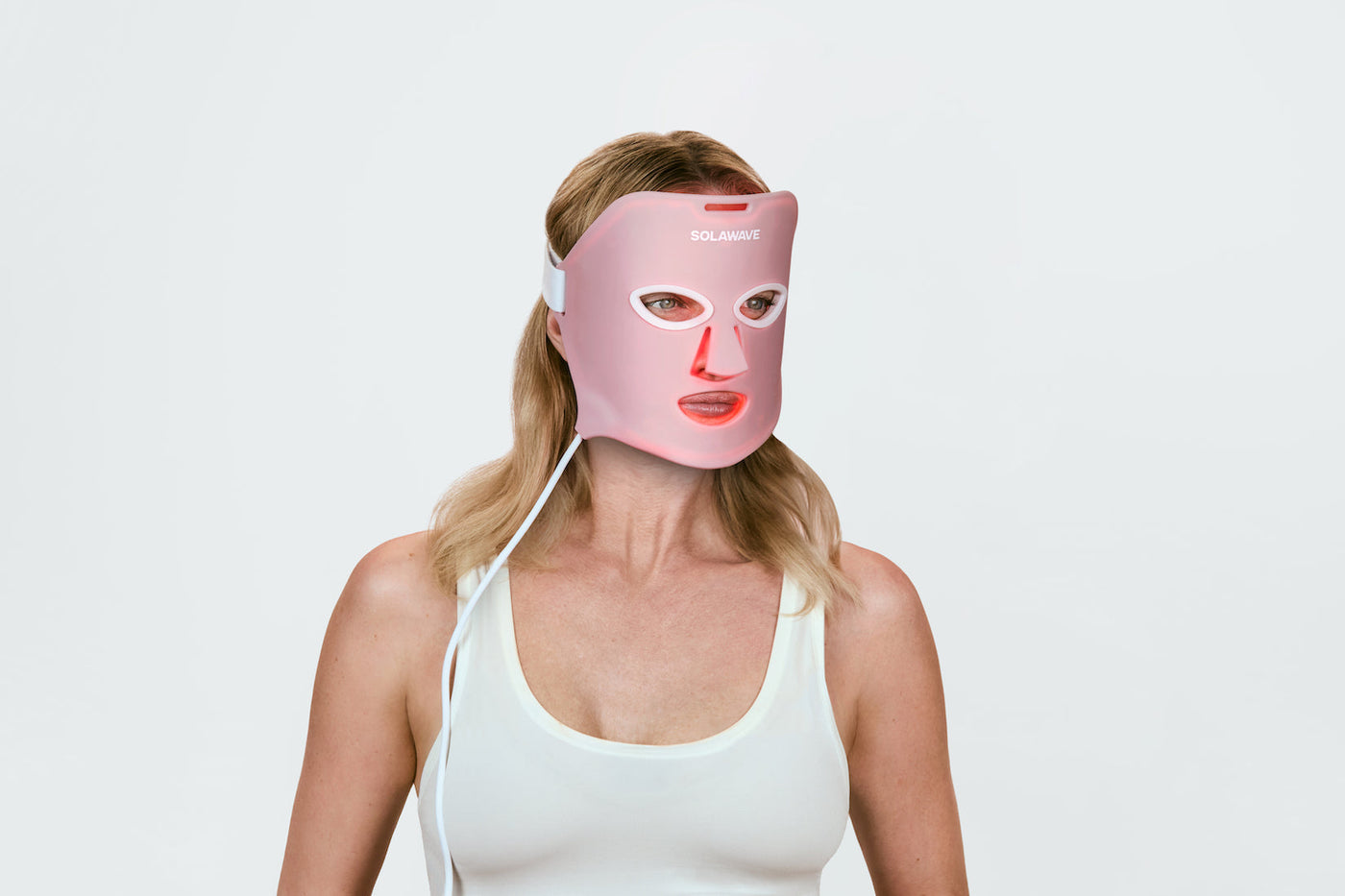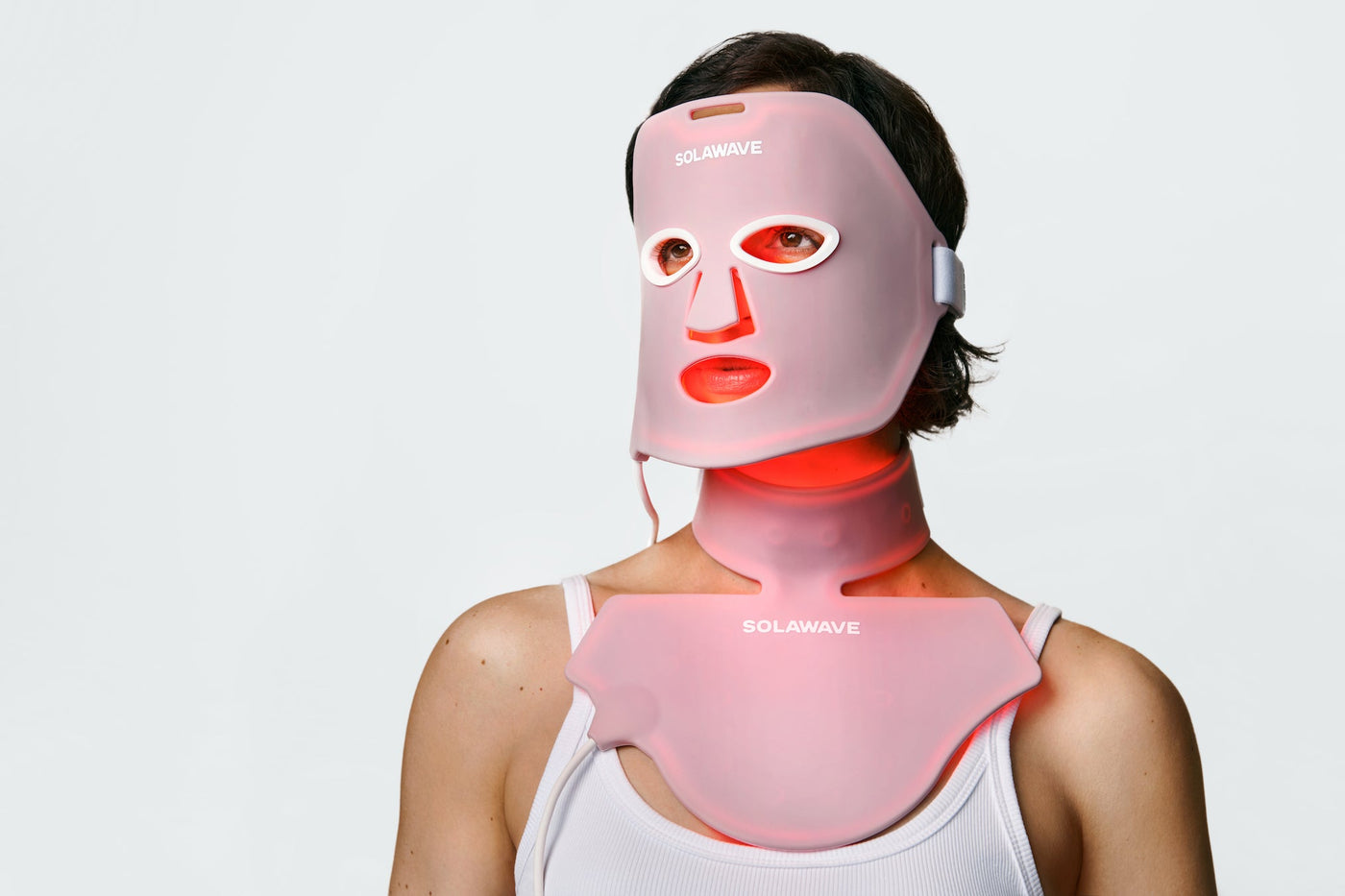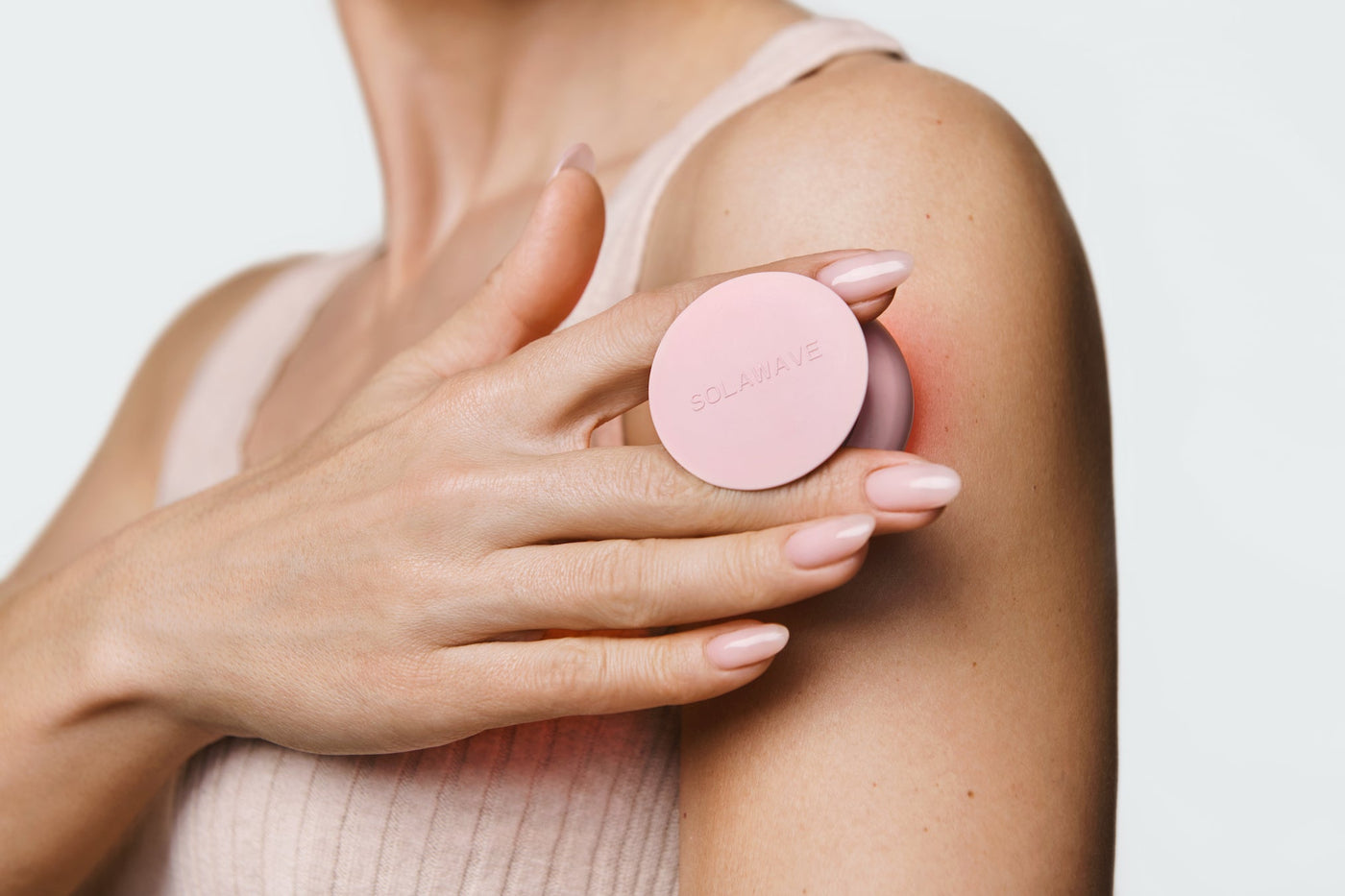

Why our Activating Serum is a critical component of your SolaWave treatment
For those who love exploring the latest in skincare and beauty devices, you might wonder why our 4-in-1 Skincare Wand needs a serum to pair with it — “can’t I just glide it over dry skin?”. Here’s what to know about our activating serum and why it’s so worth it to use it every session!
Our LightBoost Wand Activating Serum
Powered by our signature LightBoost™ Complex, this serum enhances glide, deeply hydrates, and supports visibly smoother, youthful-looking skin.
-
LightBoost Tech: A proprietary blend designed to amplify the effects of Light Therapy, enhancing your skincare routine's overall efficacy.
-
Ionic Mineral Complex: This mineral-rich infusion revitalizes the skin, leaving it feeling balanced and refreshed.
-
Nonapeptide-1: A potent peptide that visibly brightens and evens out your complexion, promoting a more luminous-looking appearance.
-
Hyaluronic Acid: A hydrating molecule that helps your skin appear smoother and more dewy, locking in moisture for a plump, healthy look.
Designed to complement your Solawave 4-in-1 Skincare Wand, this serum ensures a seamless, effective treatment experience that aloe vera alone just can’t deliver!
How To Use the Skincare Wand and LightBoost Serum
-
Cleanse Your Skin: Start with a clean face to ensure that the serum can penetrate effectively. We recommend our Pre- and Probiotic Hydrating Gel Cleanser, which gently cleanses skin of impurities without stripping the skin of its essential nutrients.
-
Apply the Serum: Dispense a small amount of the LightBoost Wand Activating Serum onto your fingertips. Gently massage it into your skin, focusing on areas where you plan to use the wand.
-
Use the Wand: Glide the Skincare Wand over your skin in upward, sweeping motions. The serum will enhance the performance of the wand while also boosting the effects of Light Therapy and delivering nourishing ingredients to your skin! A win-win-win!
-
Follow with Moisturizer: After using the wand, apply your favorite nourishing moisturizer to lock in hydration and further nourish your skin.
-
Use Regularly: For best results, incorporate the serum and wand into your skincare routine several times a week.
If you don’t already have our LightBoost Wand Activating Serum, you can find it (and learn more about it) here!














